CLUB HISTORY
KARTING STARTED
When Art Ingles built the first "go kart" in 1956 and roared around the car park of a supermarket next to his speed shop in America, little did he know that 40 years later if you had not raced karts the chances of getting into or being competitive in any open wheel sport or even tin top racing were going to be pretty slim.
Within a year of Art's first broadside in the car park, go karting was the thing to do and by 1958 the go karting phenomenon had hit New Zealand and clubs sprung up all over the country. The racing was organised mainly by motorcycle clubs and some car clubs.
The first two years of go karting were a little disorganised, rules being made on the day to suit the entries. A national organisation to manage rules did not exist in those days. In Christchurch clubs were Ellesmere, Christchurch, Excelsior, Mid Canterbury, Drivers' Own, Pioneer & Banks Peninsula, plus a number of motorcycle clubs had go karting sections. Racing was on paddocks and circuits were formed with a few hay bales and wooden stakes. Schools ran fund raising events and invited the go karts along for a run.
Most popular were the annual event on the playground at the Diamond Harbour Primary School and a twilight event on the streets of Rangiora. Other venues were at Burnham, Gilberthorpes Road (now all houses), Rangiora and Stewart's Gully.
In 1960 the first New Zealand Kart Championships were contested at the Bell Block in New Plymouth and at the same time, a meeting of interested clubs was held to form the New Zealand Go Kart Federation.
In the early 60s, karts were mainly powered by chainsaw engines, the McCulloch being the most popular but twin Distans and Pioneers were very common and there were modified outboard engines such as the Mercury that went very well.
At the other end of the scale, the motorcycle engines were Villiers, Greeves, Triumphs and Maicos. If it worked in a scramble bike it would be okay in a kart.
The basic kart design with no suspension was the norm but a number tried out different forms of sophisticated suspensions but with limited success.
Performance parts were difficult to obtain and very expensive, the main supply is from America. Our customs' system was made up of dictatorial type people in uniforms who took the law to the letter and beyond it. They were also known to walk around the counter with their pocket pushed open so that beer money could be dropped into it to make things a little easier for the karter to get his goods.
Many a karter turned up at the Customs Offices in Hereford Street or Moorhouse Avenue with a great story that the twin pump carburettor, high-speed bearings and super seals, the lightweight conrod, specially forged piston and hydraulic brake units were all needed to repair a water pump on their father's farm at Ikamatua.
A few got away with it, but not many. Wheels were the wheelbarrow type and tyres were industrial types off wheelbarrows, concrete mixers and forklifts. The Motorways Company in Christchurch which retreaded car tyres retreaded these tyres into knobblies which were suitable for the dirt. When karters started racing on hard surfaces Motorways were there to assist and retreaded the slicks.
In the last year of the Aranui Speedway, karts were on the programme and for the first 2 years of Ruapuna Park Speedway, karts would have two or three races before the programme officially started in between the new solo riders having to do their compulsory drops. Kart racing was also witnessed on a regular basis at Stock Car Scrambles and Motorcycle TT events. Dirt racing was fun, but the move in Europe, America and Australia was for hard track racing. In the early 60s a number of tar sealed circuits appeared, but the ones that were constructed to New Zealand Kart Federation regulations were Invercargill at Oreti, Christchurch at Carrs Road and Auckland at Rosebank Domain followed by Wellington at Mana. The circuits of this era were very similar in shape. There were many others that followed over the next 4 or 5 years, some are still there but unfortunately, some have gone.
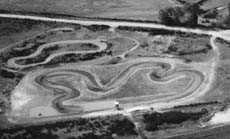
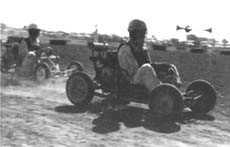
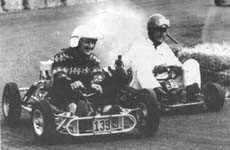
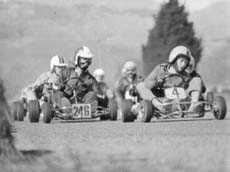
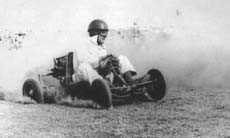

CARRS ROAD RACEWAY
The Christchurch Kart Club was incorporated as a club in September 1960, and immediately went to the then known Paparua County Council to find a reserve that could be used to build a kart track on. The Carrs Road Reserve (covered in broom and partly used as a shingle pit) was to be the Christchurch Kart Club's home.
At this time there were a couple of farmhouses about a kilometre away, but the nearest residential housing was some four kilometres away.
In 1961 the first sealed circuit was built. It was a disaster. Built at the bottom of the shingle pit it suffered from flooding at regular intervals.
The Christchurch Kart Club committee went back to the drawing board. Everyone knew someone who knew someone else who could build a track. From late 1963 and into 1964 a 400m track was built.
Thousands of metres of fill had to be added to build the land up before the track was constructed. The cost to build the circuit was $2400.00. At that time the National rules were that starts were 6 wide standing start and the starting grid had to be 12 metres wide.
The minimum width of the track was to be 7.5 metres. This is the reason why Carrs Road Raceway has such a wide main straight and very wide track, something which has been retained over years of alterations to the circuit.
April 1964 saw the opening of the 400m sealed raceway at Carrs Road. It was a big event. The then Patron, the late Mick Connelly (MP), opened the track and had a race against media people from the Christchurch Press, Christchurch Star, television and the local radio station 3ZB.
There were entries for the event from all around New Zealand. Most competitors still had wheelbarrow wheels but found very quickly that a slick tyre gave better traction. (This was nearly 10 years before Formula One constructors realised a slick tyre [no tread] was better.)
The top competitors had imported from America or Australia five inch (the current wheel size) wheels and tyres and these competitors had a distinct advantage.
Immediately manufacture in Palmerston North started making Aluminium wheels with steel outer rims and the famous Wards mechanical disc brakes. The shoes or brake pucks as they were called were about the size of a 50 cent piece. The adjustment was gained by putting a halfcrown which in those days would buy 2 bottles of beer in behind the puck.
Problems were encountered with the original circuit because of the series of very tight corners at the end of the main straight known as the 'Dog Leg'.
This was removed and the track remained unchanged until 1972 when the circuit was extended passed the pits into a hairpin bend which took the track length up to 530m.
During the 70s karting went through a decline. Motorsport had difficulty accepting the sport of karting. A demonstration at Lady Wigram had the 100cc McCullochs clocking close on 150kmph and a 250cc Suzuki T20 hitting over 200kmph on the main straight, a lap time that would have put the karter on grid 5 of the Formula 5000. Did we get credit, NO. The speed system was not working properly or the timekeepers got it wrong. A fun run on the speedway after an Ivan Mauger Solo Bike International saw the karts running at 18 seconds a lap, 1 second faster than the bikes. It took some years to get back on the Speedway!
In 1974 the clubrooms were built. Again, it was who you knew. The club was fortunate in that a number of members were builders. Whenever there was a working bee on the clubrooms, one member would travel from Hokitika. A 550km return trip.
During the mid seventies, the club ran into all sorts of problems. The council decided to turn the Carrs Road Reserve into a rubbish dump and for many years had to put up with rubbish, flies, rats and smell. When the dump closed we had one of our wettest seasons ever in Christchurch and the raceway went under water for 6 months. Considerable damage was evident and the circuit was resealed, firstly in chip seal and later in hot mix.
Rothmans had supported karting nationally but withdrew this in 1973. It was then up to the host clubs to find sponsorship for National events. In 1974 one of the biggest changes to happen to the sport of karting was the race format. The '74 Nationals were contested over three predetermined grids and a final – the final being the result. The event organiser approached Jim Beam for sponsorship who agreed but on two conditions. The competitors wore the Jim Beam bibs, which were numbered and Television filmed the 16 finals. It happened. Unfortunately only 3 races were ever screened. The sponsorship was for product. And plenty of it.
In 1976 the club got the support from Marlbro Cigarettes. $500.00 for advertising and $500.00 for trophies.
In the early 80s interest in karting picked up and membership started to increase. The club rooms were too small so an extension was planned. Again it was who you knew. Telephone poles were sourced to support the wall for the extension. In one of the biggest working bees ever, the old wall was cut out and stepped out along the new floor joists. By 4pm the extension was closed in and the building was secure with roof and walls. The club put on lunch for the working bee. One member was sent to the local fish & chip shop with an order for $150.00 worth of fish, patties & chips and 6 bottles of sauce.
After seeing the karter off the premises with his many packages the owner closed shop for the day, going home with a big grin on his face. The amount of amber liquid consumed after the closing off of the building will never be disclosed.
The club wanted to keep the circuit up to date and decided that a major change to the raceway had to be made. The water problem and the rubbish dump had gone.
The committee decided that "up the hill" was the way to go. Fourteen committee members stood at the top of the hill and said this is where the rubbish dump finished, so this will be the outside of the corner. This increased the circuit length to 620m. Not the longest kart track in the country, but definitely one of the best.
To open the extended circuit in 1985 the club promoted the Versatile Garages Not the New Zealand Championships.
With generous sponsorship travel assistance was made available to North Island competitors. The focus was on the100cc Yamaha class. They did their 5 heat championship under the watchful eye of the TV cameras. These races were screened between the two innings of a one day International cricket match. Versatile Garages and TV were so impressed that 4 months later in 1986 we promoted Not The New Zealand Championships Part II and went live on a Saturday afternoon for four hours.
In 1987, just a month before the New Zealand Championships, an underground fire in the rubbish dump came to life. The Carrs Road Reserve erupted into flames and at one point threatened the Halswell residents. It was national news and the phone ran hot at the convenor's house as entrants wanted to find out if the nationals were on or not as they had heard that the Christchurch Kart Club had been burnt out. With a Nor West gale behind the flames the fire had raced across the top of the property just missing the racing circuit but burning all the vegetation.
Unfortunately, the extension has been a financial disaster to the club. What may have been the top of the rubbish dump has not been the most stable piece of land and over the years subsidence has led to some $50,000.00 being spent to keep it raceworthy.
1989 saw a big upgrade of the pit area with the addition of a Technical Shed which includes a shop, toilets and scrutineering area. The pits were enlarged, the grid relocated, spectator facilities improved and new safety fences constructed.
Early in 1995 the club went to the Christchurch City Council (our new landlords) with a proposal for an extension to the circuit. With our lease being for 33 years with the right of renewal for another 33 years and the urban sprawl heading into the Halswell area, the Council felt this may be the politically correct time to relocate the Christchurch Kart Club, possibly to some land next to the Ruapuna Park complex. The Christchurch City Council had set a target for 1997. The club intended to build a circuit to CIK (world controlling body of karting) specifications so that it may host true international meetings with the year 2000 in mind.
The relocation is history. The politicians of the Council got involved and after many meetings and years of wrangling with the Council the club was told that there would be no relocation until at least 2010.
During this period the club was hit with another bombshell. In 1996 the proposed City Plan came out. The Kart Club were to be reduced to 120 days of usage of Carrs Road. This was without consultation with the club. The club obviously objected to this. When all the objections were disclosed, the local Residents Association wanted the days reduced further or the noise level reduced to residential. After two years of attending meetings and hearings the Council bought in a Commissioner to hear and all the objections and support on the noise issues and then give a final decision. It was not only the karting he had to deliberate over. Listed under the noise issues was Ruapuna (Speedway and Car Racing), Jade Stadium (known as Lancaster Park), Addington Raceway (Horse Racing), and the Strip. The Strip is a part of the city where there are 50 bars and restaurants. Also added to this were other stadiums such as QEll and the Addington Show Grounds where Rock concerts are held.
At the end of 1998 the Commissioner came out with his decision. The Christchurch Kart Club could only use Carrs Road for 120 days a year, 9am to 7pm. The local Residents Association were not happy with the decision and made a submission to the High Court in 1999.
With the High Court hearing to be heard in late 2003 and the date getting closer the Council decided that maybe rather than have to spend tens of thousands of dollars defending themselves that they could get a compromise between the Christchurch Kart Club and the Residents.
The proposed compromise at this date (October 2003) is that the Club has 120 days from 9am to 5pm except on race days which can be extended to 6pm, plus one day during the week from midday to 5pm.
It is interesting to note that in 1998 a letter was sent to the local Resident's Association with a similar offer which was never replied to.

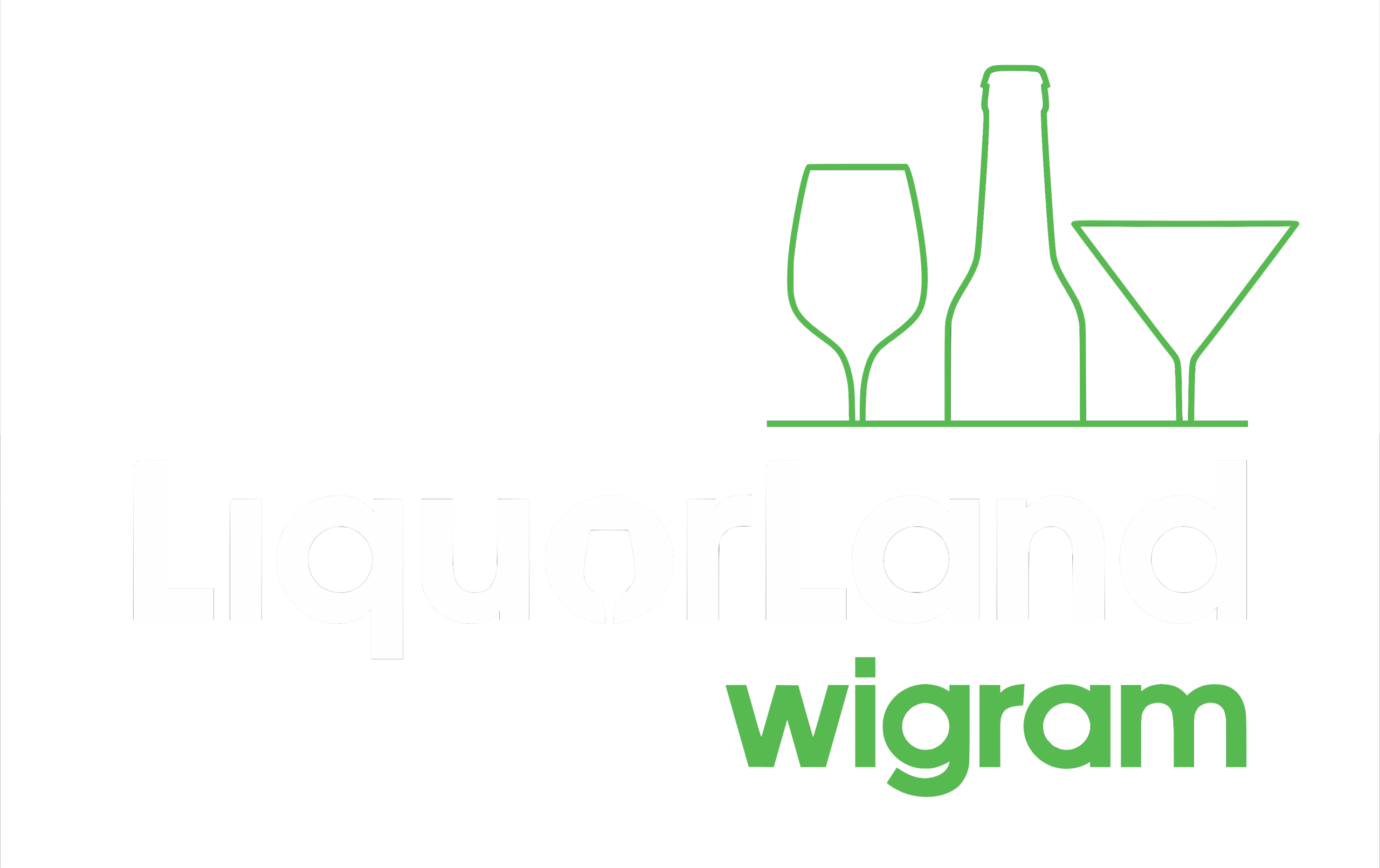
 Admin Login
Admin Login